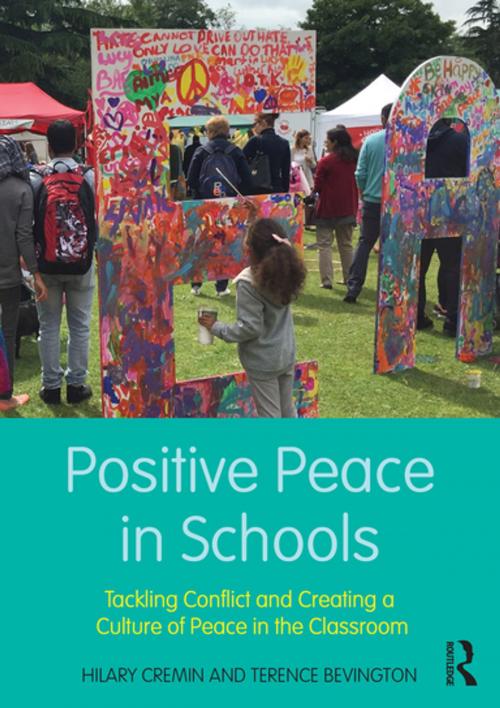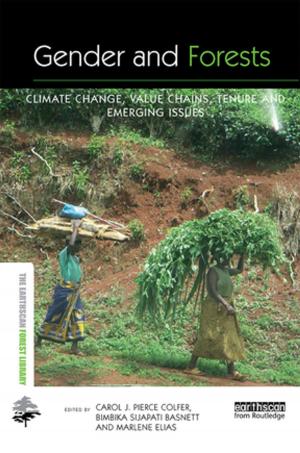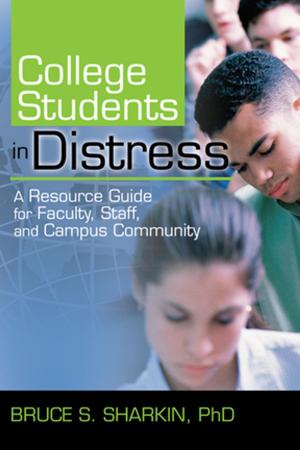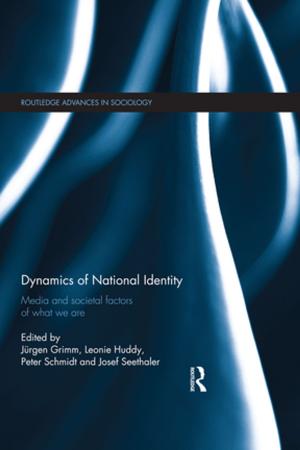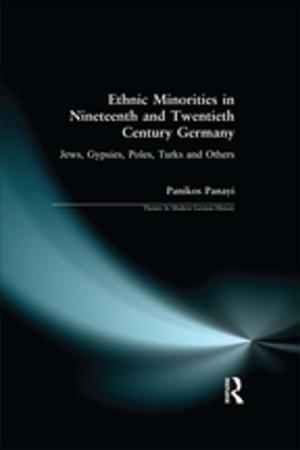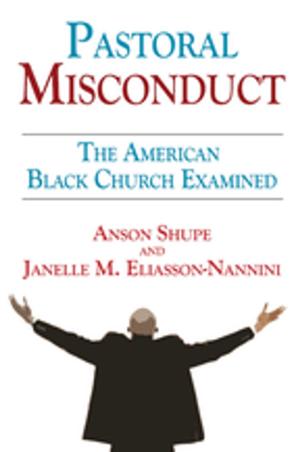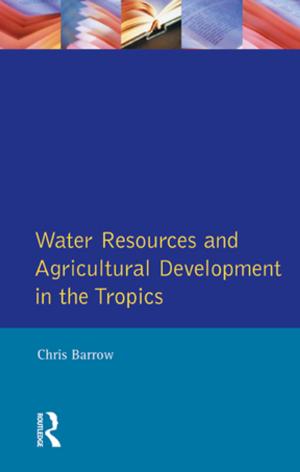Positive Peace in Schools
Tackling Conflict and Creating a Culture of Peace in the Classroom
Nonfiction, Reference & Language, Education & Teaching| Author: | Hilary Cremin, Terence Bevington | ISBN: | 9781315304212 |
| Publisher: | Taylor and Francis | Publication: | April 7, 2017 |
| Imprint: | Routledge | Language: | English |
| Author: | Hilary Cremin, Terence Bevington |
| ISBN: | 9781315304212 |
| Publisher: | Taylor and Francis |
| Publication: | April 7, 2017 |
| Imprint: | Routledge |
| Language: | English |
Positive Peace in Schools offers a fresh and challenging perspective on the question of conflict, violence and peace in schools. Drawing on the most up-to-date theory and research from the field of peace and conflict studies, this book provides readers with a strong understanding of the concept of positive peace, and how the dimensions of peace-keeping, peace-making and peace-building can be robustly applied in schools.
This accessible book challenges educators everywhere to reconsider the nature of direct and indirect violence in schools, and the structural and cultural factors that sustain it. It engages with global traditions of harmony and balance that are often neglected in Western notions of liberal securitised peace, in order to suggest a model for schools that integrates inner and outer peace. The book also includes practical sections that outline restorative approaches to discipline, peer mediation, circle learning, and classroom activities to promote mindfulness, inclusion and wellbeing. Taken together, these provide a philosophy and a highly effective framework for building conflict literacy and a culture of peace in schools.
Positive Peace in Schools offers a fresh and challenging perspective on the question of conflict, violence and peace in schools. Drawing on the most up-to-date theory and research from the field of peace and conflict studies, this book provides readers with a strong understanding of the concept of positive peace, and how the dimensions of peace-keeping, peace-making and peace-building can be robustly applied in schools.
This accessible book challenges educators everywhere to reconsider the nature of direct and indirect violence in schools, and the structural and cultural factors that sustain it. It engages with global traditions of harmony and balance that are often neglected in Western notions of liberal securitised peace, in order to suggest a model for schools that integrates inner and outer peace. The book also includes practical sections that outline restorative approaches to discipline, peer mediation, circle learning, and classroom activities to promote mindfulness, inclusion and wellbeing. Taken together, these provide a philosophy and a highly effective framework for building conflict literacy and a culture of peace in schools.
